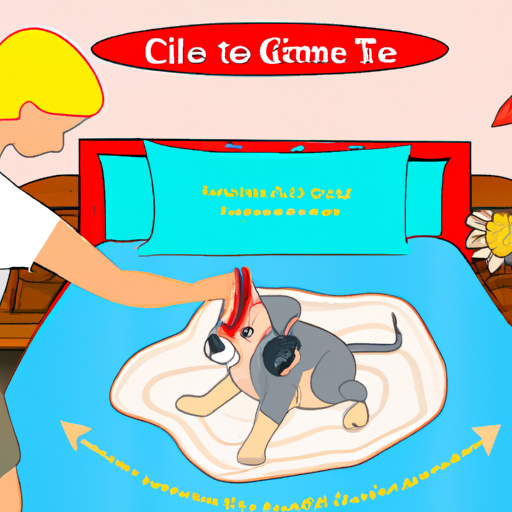Caring for a dog is a rewarding, yet challenging, task. The experience becomes even more taxing when your beloved canine companion is afflicted by lice. Yes, lice aren’t just a human problem! These tiny parasites can also infest dogs, causing itchiness, hair loss, and skin irritation. But don’t despair! I’m here to guide you through this hairy situation.
H2: Understanding What You’re Dealing With
First things first, let’s understand what we’re dealing with. Lice are small, wingless insects that feed on the skin and hair of dogs. They’re species-specific, meaning dog lice won’t infest humans. These pesky parasites can be divided into two types:
- Chewing lice – These lice are found on the skin and hair of dogs, feeding on dead skin and secretions.
- Sucking lice – These lice attach themselves to the dog’s skin and feed on their blood.
H2: Identifying the Signs of Lice in Dogs
Lice infestation in dogs, also known as pediculosis, has several tell-tale signs. If you notice these symptoms, it’s time to take action:
- Excessive scratching, biting, or licking – This is due to the itchiness caused by lice.
- Hair loss or matting – Lice can cause hair to fall out or become tangled.
- Red, irritated skin – This is a reaction to lice bites and saliva.
H2: Treating Lice Infestation in Dogs
Now that we’ve identified the problem, let’s move on to the solution. Here’s a step-by-step guide on how to get rid of lice in dogs:
- Visit the vet – Consultation with a veterinarian is crucial. They can confirm the diagnosis and recommend appropriate treatment.
- Use anti-lice products – These include shampoos, sprays, and spot-on treatments.
- Regular grooming – Brushing and combing your dog’s hair regularly can help remove lice and nits.
Here’s a table comparing the three main types of anti-lice products:
| Product | Pros | Cons |
|---|---|---|
| Shampoo | Easy to apply, kills lice fast | May dry out the skin, needs to be reapplied often |
| Spray | Covers large areas, long-lasting effect | May be harmful if ingested or inhaled |
| Spot-on treatment | Long-lasting effect, easy to apply | More expensive, may cause skin irritation |
H2: Preventing Future Lice Infestations
Prevention is always better than cure. Here are some tips to prevent future lice infestations in your dog:
- Regular grooming and health check-ups
- Using preventative products recommended by your vet
- Keep your dog’s living area clean and sanitary
H2: FAQs
Q: Can humans get lice from dogs?
A: No, dog lice are species-specific and cannot infest humans.
Q: How long does it take to get rid of lice in dogs?
A: It typically takes 4-6 weeks of consistent treatment to completely eliminate lice.
Q: Can lice infestations lead to other health issues in dogs?
A: Yes, severe lice infestations can lead to anemia, especially in puppies.
Remember, as caregivers, our goal is to ensure the overall well-being of our furry friends. Timely identification, effective treatment, and preventive measures are key to keeping your dog lice-free.



